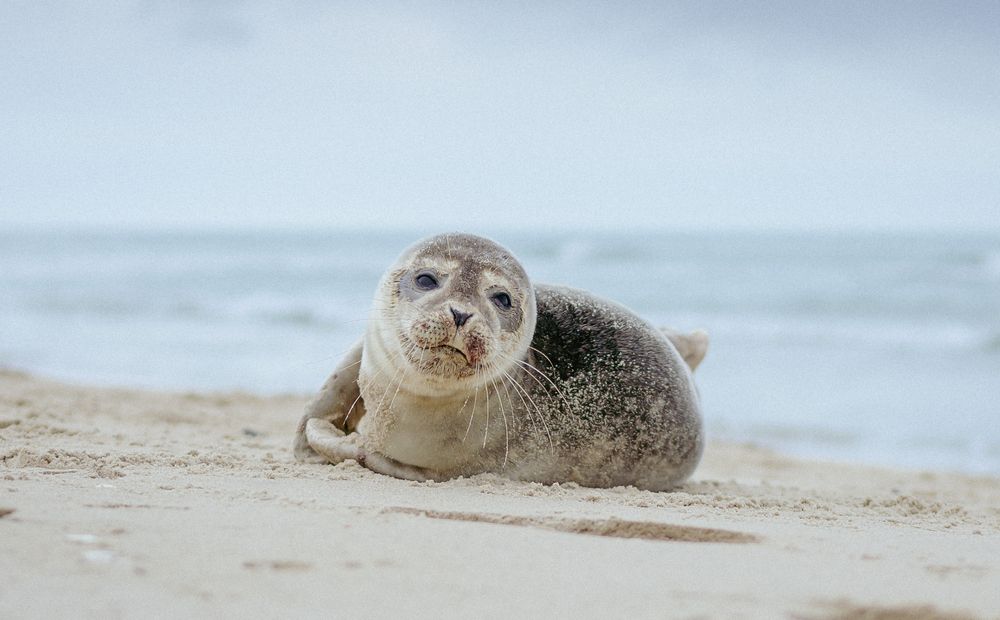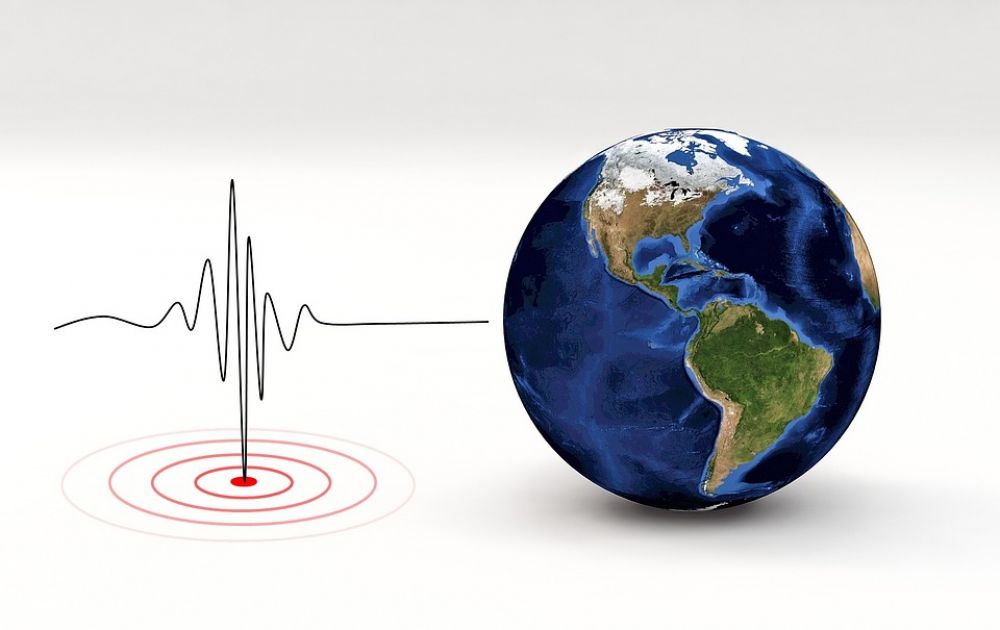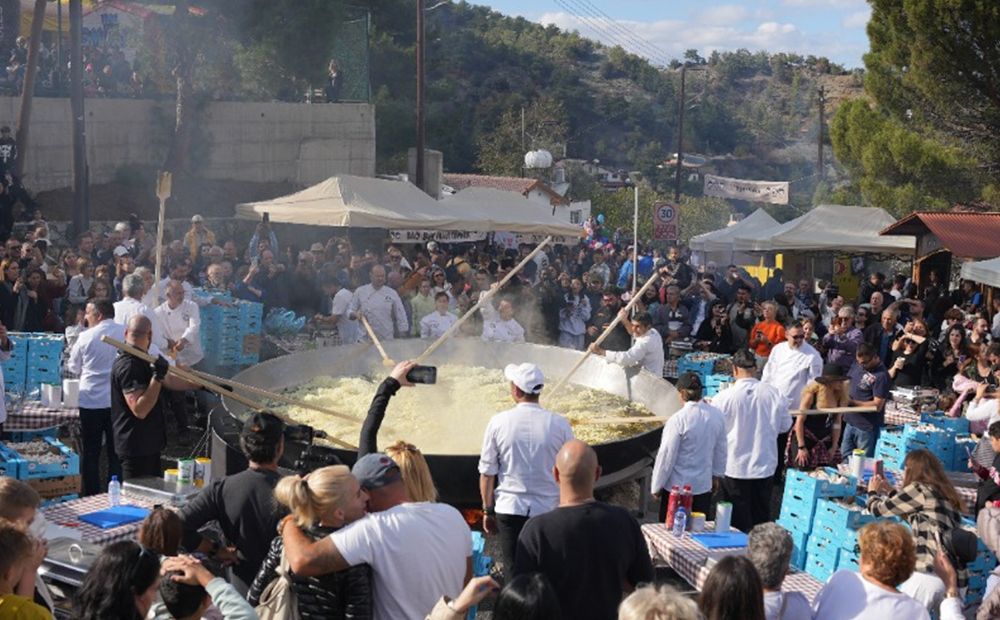In Peyia they alienate real estate for seals

Based on the decision of the Government, the Ministry of Agriculture, Agrarian Development and Environmental Protection has initiated the alienation of private property in the area adjacent to the sea caves of Peyia. This is done for the effective protection of the Mediterranean seal. An area of controlled sea movement has been created in the area in order to limit human activity and not interfere with the seals’ ability to reproduce.
The most vulnerable members of the species
This was stated by Kostas Kadis during a conference on the fate of the Cypriot seals. According to the latest figures, 19 members of the Mediterranean Monk Seal species live in Cypriot waters.
Recall that the Monachus monachus seals are the most vulnerable of all the species of the seal family. They are included in the Red Book of the International Union for Conservation of Nature (IUCN) as “endangered” and are considered to be the number one endangered marine mammal in Europe. Only 700 individuals remain worldwide.
Since 2011, the population has been recovering
Kostas Kadis stressed: the Mediterranean seal has always been a representative of the Cypriot fauna. However, from the 1960s until the end of the 2010s humans rarely encountered it. In addition, no signs of reproductive activity of these animals have been observed. “Apparently, since 2011, the population of this species began to recover in Cypriot waters. Now we have a localized, small but reproducing population. Thanks to the measures taken in recent years by the Ministry of Agriculture, the population of seals living in the waters off Cyprus has recorded the largest increase in the history of observations. However, as a society, we must continue to work to protect it by addressing the threats arising mainly from human activity,” said Minister Kadis in his speech.
Seals have become more frequent in Cypriot waters
Professor Panayiotis Dendrinos, who has been involved in saving monk seals for the past 40 years, explained: in recent years, the numbers of this species throughout the Eastern Mediterranean have been recovering. “Since the ’70s, ’80s and ’90s, monk seals have been appearing more frequently in Cyprus. The increase occurs almost every year,” emphasized the expert. – So in important areas, such as the small areas with sea caves in Peyia, where these animals come to give birth, they need protection. So people don’t disturb them.”
Officials have a vested interest
The mayor of Peyia, Marinos Lambrou, stated: half of the Cypriot population lives off the coast of Peyia and, more broadly, the entire Akamas Peninsula. “However, I regret to note,” lamented the mayor, “that the measures that have been announced jointly by the Ministries of Interior and Agriculture to manage the protected area, unfortunately, remain unimplemented. Bureaucratic obstacles are put up by government officials who have personal interests in these matters. This makes the implementation of the measures as a whole virtually impossible.


